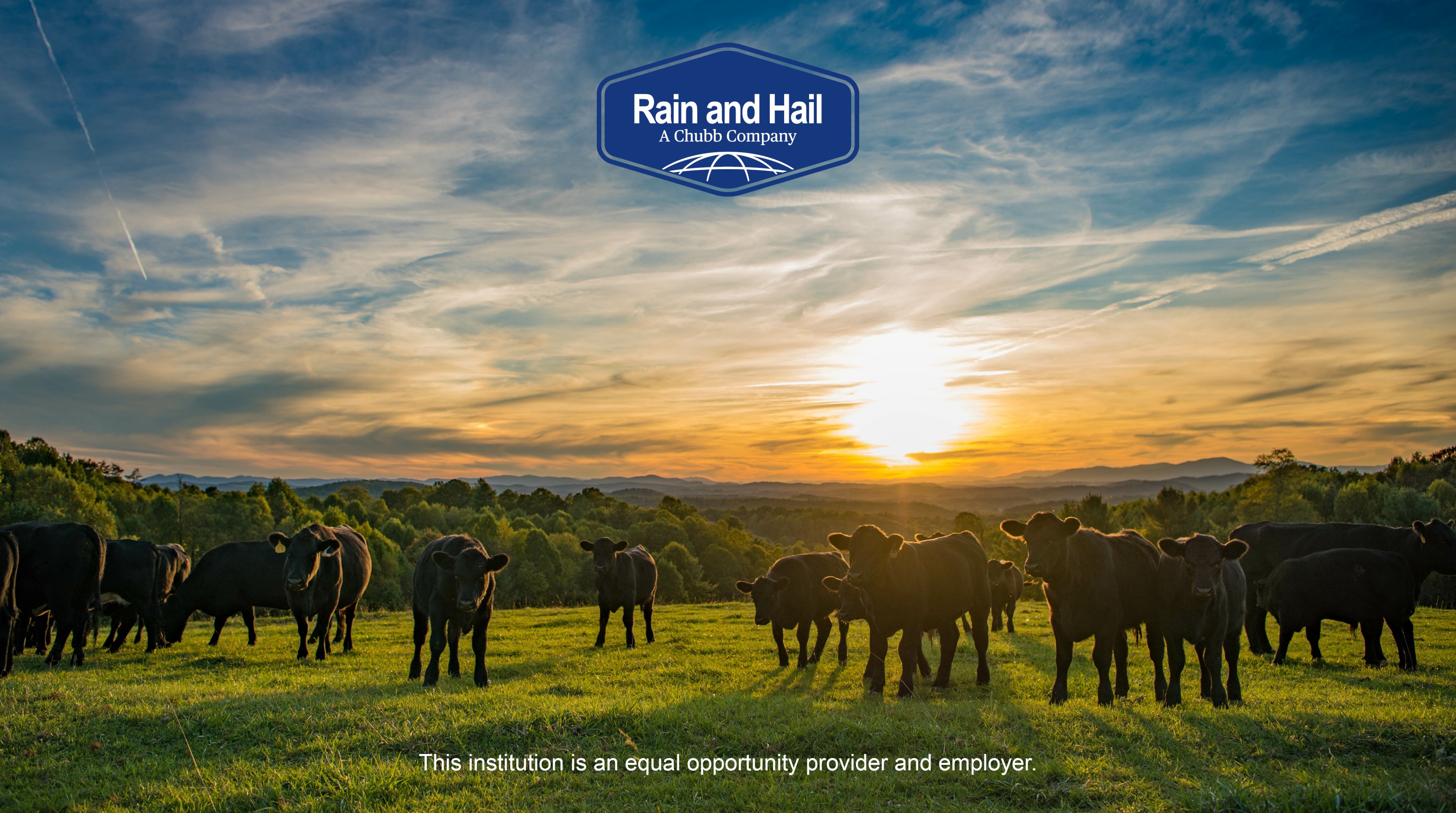Unlocking Growth Potential: Bagley Risk Management Approaches
Unlocking Growth Potential: Bagley Risk Management Approaches
Blog Article
Understanding Livestock Risk Protection (LRP) Insurance Policy: A Comprehensive Guide
Navigating the realm of livestock danger defense (LRP) insurance policy can be a complex endeavor for many in the agricultural market. From how LRP insurance coverage functions to the various insurance coverage alternatives available, there is much to uncover in this extensive guide that could potentially shape the method livestock producers approach risk monitoring in their organizations.

Exactly How LRP Insurance Coverage Works
Sometimes, recognizing the mechanics of Livestock Danger Defense (LRP) insurance policy can be intricate, but breaking down exactly how it functions can provide clearness for ranchers and farmers. LRP insurance is a danger administration device made to protect livestock producers against unforeseen cost decreases. It's crucial to keep in mind that LRP insurance policy is not an earnings guarantee; instead, it focuses entirely on cost danger security.
Qualification and Coverage Options

When it concerns protection alternatives, LRP insurance uses manufacturers the flexibility to select the insurance coverage degree, coverage period, and endorsements that best fit their danger monitoring needs. Protection levels commonly range from 70% to 100% of the expected ending value of the insured livestock. Manufacturers can additionally pick coverage durations that align with their manufacturing cycle, whether they are insuring feeder livestock, fed cattle, swine, or lamb. Endorsements such as cost threat protection can even more personalize protection to shield versus adverse market fluctuations. By comprehending the qualification standards and insurance coverage options available, livestock manufacturers can make educated choices to handle danger successfully.
Pros and Cons of LRP Insurance
When reviewing Livestock Risk Defense (LRP) insurance, it is crucial for animals manufacturers to consider the drawbacks and benefits integral in this danger management device.

One of the main benefits of LRP insurance is its ability to offer security against a decline in animals prices. Furthermore, LRP insurance provides a level of versatility, permitting manufacturers to tailor insurance coverage degrees and plan periods to fit their certain requirements.
Nonetheless, there are likewise some disadvantages to think about. One restriction of LRP insurance coverage is that it does not secure versus all types of risks, such as disease outbreaks or all-natural calamities. In addition, costs can often be expensive, particularly for producers with large animals herds. It is critical for manufacturers to meticulously examine their private risk direct exposure and economic circumstance to identify if LRP insurance is the best risk management tool for their operation.
Comprehending LRP Insurance Premiums

Tips for Making Best Use Of LRP Advantages
Making best use of the benefits of Livestock Danger Defense (LRP) insurance policy requires tactical preparation and aggressive threat management - Bagley Risk Management. To take advantage of your LRP insurance coverage, take into consideration the following suggestions:
Consistently Assess Market Conditions: Stay visit the website notified regarding market fads and rate fluctuations in the livestock industry. By keeping an eye on these aspects, you can make enlightened choices about when to buy LRP insurance coverage to shield against prospective losses.
Set Realistic Coverage Levels: When selecting insurance coverage degrees, consider your manufacturing expenses, market price of livestock, and prospective risks - Bagley Risk Management. Setting realistic coverage degrees ensures that you are effectively shielded without paying too much for unneeded insurance coverage
Diversify Your Protection: Rather than counting only on LRP insurance policy, think about diversifying your risk monitoring approaches. Integrating LRP with other risk monitoring devices such as futures contracts or options can provide thorough protection against market uncertainties.
Review and Readjust Protection Frequently: As market conditions transform, regularly review your LRP insurance coverage to guarantee it lines up with your current risk exposure. Readjusting coverage levels and timing of acquisitions can assist maximize your risk protection strategy. By complying with these suggestions, you can optimize the benefits of LRP insurance and secure your livestock operation versus unexpected threats.
Final Thought
To conclude, livestock risk security (LRP) insurance is a useful device for farmers to take care of the monetary threats connected with their animals procedures. By comprehending just how LRP works, eligibility and insurance coverage options, in addition to the pros and disadvantages of this insurance, farmers can make educated choices to protect their source of incomes. By meticulously thinking about LRP costs and applying strategies to optimize advantages, farmers can mitigate prospective losses and make sure the sustainability of their procedures.
Animals manufacturers interested in obtaining Livestock Risk Security (LRP) insurance coverage can explore an array of qualification criteria and protection choices customized to their details animals operations.When it comes to coverage alternatives, LRP insurance coverage offers you can try these out producers the adaptability to select the insurance coverage degree, insurance coverage duration, and recommendations that finest fit their danger administration requirements.To understand the ins and outs of Livestock Danger Protection (LRP) insurance totally, recognizing the variables affecting LRP insurance coverage premiums is click over here important. LRP insurance coverage premiums are identified by various components, consisting of the insurance coverage level chosen, the anticipated rate of livestock at the end of the coverage period, the kind of animals being insured, and the size of the insurance coverage period.Review and Readjust Insurance Coverage Consistently: As market problems alter, periodically assess your LRP protection to ensure it straightens with your present risk direct exposure.
Report this page